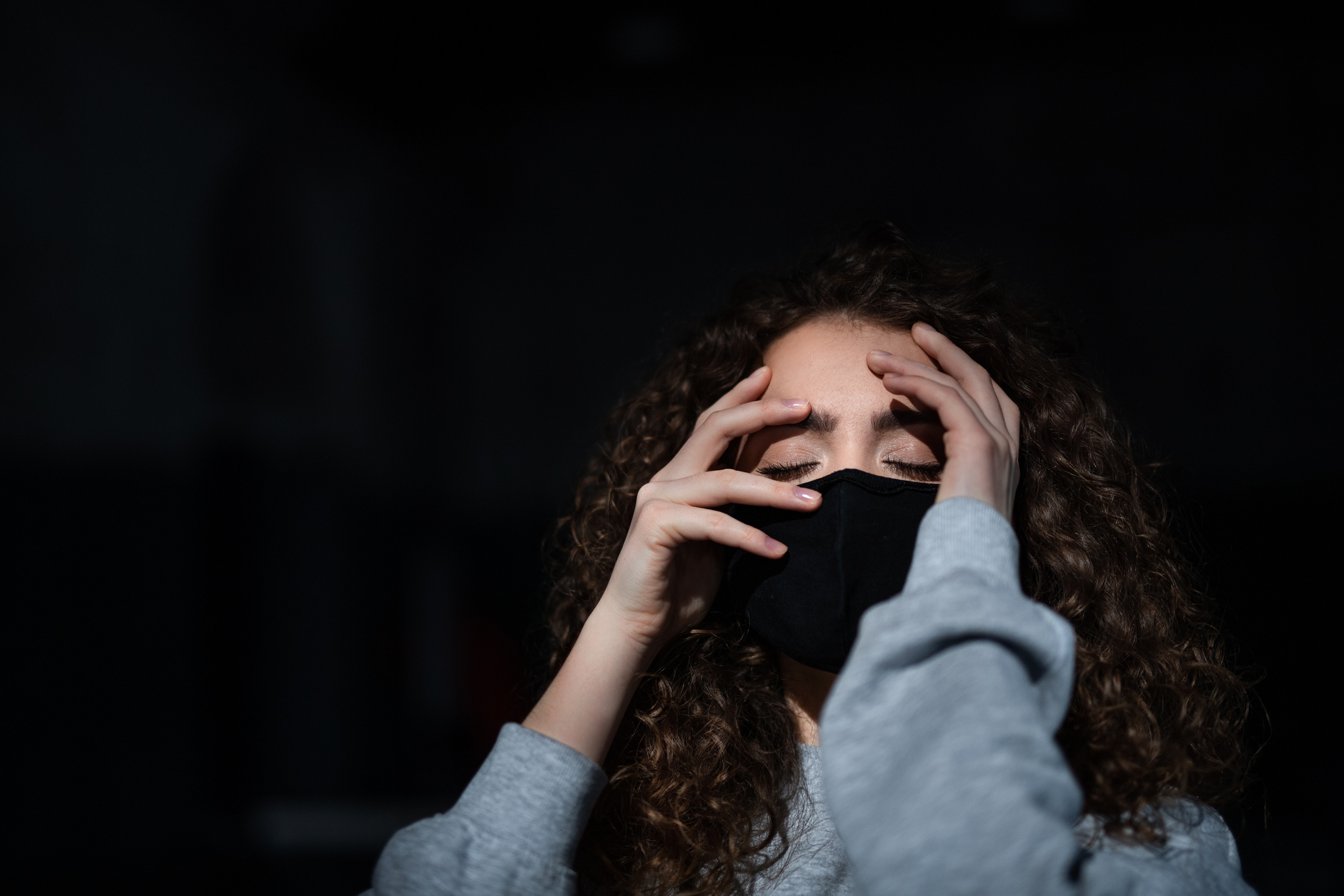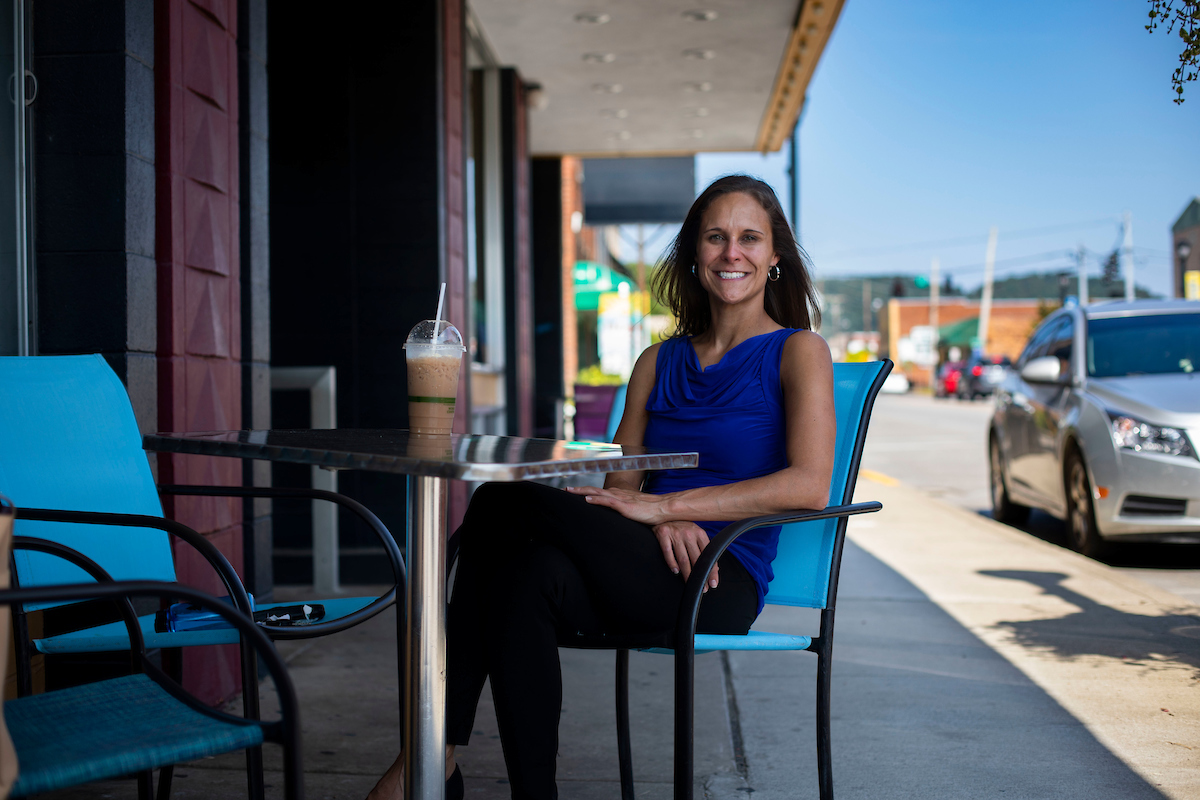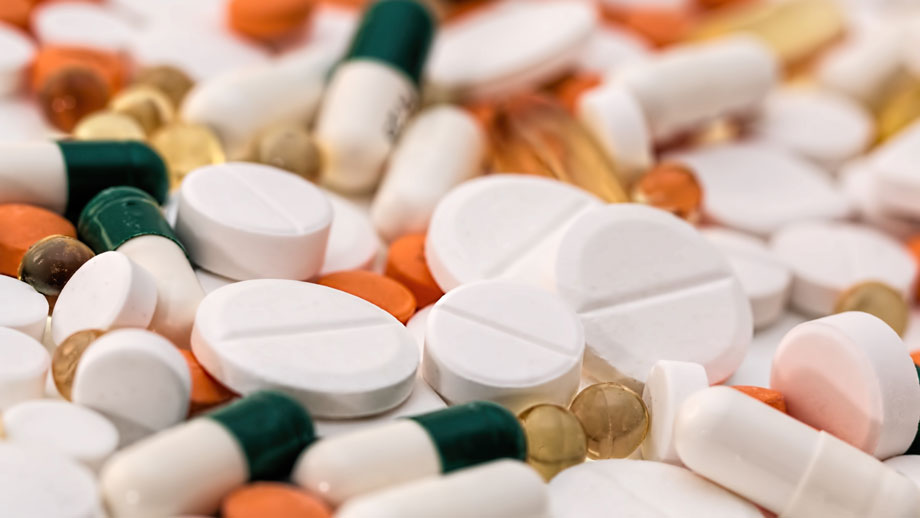In the first year after the sudden removal of a requirement that prescribers get special permission to prescribe medication for opioid addiction, a study finds more prescribers started providing it, but the number of patients receiving it didn’t rise very much.
Tag: Buprenorphine
JAMA study examines facilities’ low use of monthly injections for treating opioid addiction
Researchers from the University of Chicago had a paper published in JAMA that dug into data on why so few mental health and substance use facilities opted not to use long-acting injectable buprenorphine to help people with opioid use disorder.
Geographic disparities in access to addiction treatment medication may be linked to race, ethnicity
Buprenorphine, a life-saving medication for opioid use disorder, is far less accessible in geographic areas of the United States with racially and ethnically diverse populations than in predominantly white areas, according to a new study of pre-pandemic data led by health policy scientists at the University of Pittsburgh School of Public Health published today in Journal of Addiction Medicine.
UK researchers lead study identifying varied factors in buprenorphine users and urine drug testing
A study by a team of researchers across the country, including two from the University of Kentucky, is the first to demonstrate a connection between the characteristics of patients receiving buprenorphine for opioid use disorder and the use of urine drug testing.
NJ Medicaid Reforms Tied to Increased Use of Opioid Addiction Treatment
Rutgers study shows higher number of caregivers prescribing buprenorphine
Study: Treatment for opioid addiction lags despite policies designed to increase it
Treating opioid addiction should be much easier now than it was a few years ago, thanks to pandemic-era rule changes that aim to improve access to buprenorphine, a medicine proven to help in recovery. But a new study shows prescriptions and adherence rates have remained flat.
A Leader Fighting the Overdose Crisis Urges Standardizing Addiction Medicine Education and Supporting New DEA Requirements
According to the Centers for Disease Control and Prevention (CDC) and The National Vital Statistics System, drug-related overdose deaths have been rising over the past two decades in the United States. In 2021, 106,699 drug overdose deaths occurred. Adults aged 65 and over…
Buprenorphine After Nonfatal Opioid Overdose Results in Reduced Risk of Overdose Death
Receiving medication for opioid use disorders, such as buprenorphine after an overdose, leads to lower mortality risk, according to a Rutgers study.
Buprenorphine, Not Methadone, May Be Safer Treatment for Opioid-Use Disorder During Pregnancy
Researchers found that using buprenorphine to treat opioid-use disorder during pregnancy may result in better outcomes for the baby than methadone.
Improving release process and treatment after incarceration may reduce opioid overdoses.
New research from Tufts University School of Medicine suggests critical changes to the process of transitioning people out of jail while on substance use treatment can reduce opioid deaths among the highly susceptible population.

COVID-19 Pandemic Curtailed Young Adults’ Access to Addiction Treatment
A study analyzing prescription claims for a drug used to treat opioid addictions found that adolescents and young adults were less likely than usual to get treatment during the COVID-19 pandemic, especially if they were covered by private, commercial health insurance.
Disparities in opioid treatment access remain for women, Black and Hispanic people
Buprenorphine is a prescription approved by the Food and Drug Administration (FDA) that effectively treats opioid dependence or addiction. But women, as well as Black and Hispanic populations, do not have equal access to this potentially lifesaving medication, new Mayo Clinic research finds.
Diverted Buprenorphine May Help Prepare People With Opioid-Use Disorder for Treatment
New research finds people who were using buprenorphine obtained without a prescription were more likely to remain in treatment for opioid-use disorder, underscoring need to expand access to this medication.
Medication that lowers risk of overdose underused
Researchers at Washington University School of Medicine in St. Louis and Saint Louis University found that less than half of Americans who received treatment for opioid use disorder over a five-year period were offered a potentially lifesaving medication. The numbers were even lower for those with what’s known as polysubstance use disorder — when opioid users also misuse other substances.
Research News Tip Sheet: Story Ideas from Johns Hopkins Medicine
During the COVID-19 pandemic, Johns Hopkins Medicine Media Relations is focused on disseminating current, accurate and useful information to the public via the media. As part of that effort, we are distributing our “COVID-19 Tip Sheet: Story Ideas from Johns Hopkins” every other Wednesday.
A treatment barrier falls, but more remain, for people with opioid issues
Now that a key policy regarding prescription of a medication for opioid use disorder has been changed, experts reflect on the remaining challenges standing in the way of more people getting effective medication-assisted treatment, and discuss efforts to overcome those barriers.
Rutgers Expert Available to Discuss New Loosened Restrictions for Prescribing Buprenorphine
Lewis Nelson, professor and chair of emergency medicine at the Rutgers New Jersey Medical School, is available to discuss the loosened restrictions in prescribing buprenorphine to treat opioid use disorder, an issue many physicians have advocated for to help reduce…

Opioid overdose reduced in patients taking buprenorphine
The drug buprenorphine is an effective treatment for opioid use disorder, but many who misuse opioids also take benzodiazepines — drugs that treat anxiety and similar conditions. Many treatment centers hesitate to treat patients addicted to opioids who also take benzodiazepines. Researchers at Washington University School of Medicine in St. Louis studied overdose risk in people taking buprenorphine and found that the drug lowered risk, even in people taking benzodiazepines.
Barriers to addiction care fell because of COVID-19, experts say; now the challenge is keeping them down
The opioid epidemic didn’t go away when the coronavirus pandemic began. But rapid changes in regulations and guidance could also help many more people get care for addiction, experts say. They caution that it will take more changes to truly lower barriers that stand in the way of delivering evidence-based addiction care to more people via telemedicine.
Financial Incentives Boost Doctor Training in Opioid Treatment Medication
Offering $750 to emergency medicine physicians exponentially increased those trained to prescribe buprenorphine.

Study Reveals Pharmacy-level Barriers to Treatment for Opioid Use Disorder in Appalachian Kentucky
A new study led by University of Kentucky researcher April Young and Emory University researcher Hannah Cooper shows that a number of pharmacies in the Appalachian region of Kentucky are limiting the dispensing of buprenorphine, a medication used to treat opioid use disorder (OUD).
Less Addictive Form of Buprenorphine May Help Curb Cocaine Relapse
New research performed in mice suggests that chemical modifications to buprenorphine can improve its effectiveness to treat cocaine addiction while minimizing abuse potential.

Access to medications to treat opioid addiction changes lives
Increasing the number of providers who receive specialized training to provide medication-assisted treatment for opioid addiction can help save lives.
Mayo Clinic专家表示,用于治疗阿片类药物成瘾的药物未被充分利用
虽然研究显示药物辅助治疗可帮助阿片类药物成瘾者,但根据对目前阿片类药物成瘾医疗数据的综述,美国食品药品监督管理局(FDA)批准的三种药物未被充分利用。该综述发表在Mayo Clinic Proceedings的十月刊中。